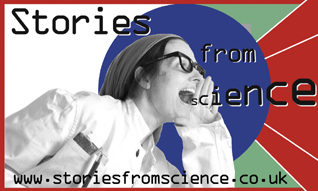During 2015, anyone driving down Faringdon Road in Abingdon would have seen an impressive building taking shape on the edge of the campus of Abingdon School. But as the bulk of the work on its new £14 million Science Centre progressed, behind the scenes the school was wrestling with a problem.
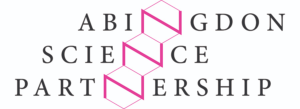
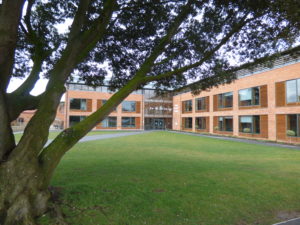
Tensions between public and private education are well-known and raise strong feelings on both sides. From the outset the school was committed to providing significant public access – and thus benefit – to the science centre, but just opening up the labs, even with the help of skilled technicians, wasn’t much of an option. Aside from practical safety considerations, the big challenge was to translate the needs and requirements of science users in the wider community into co-ordinated activities – and leverage resources available through wider STEM programmes across the UK.
(Listen now on SoundCloud – iTunes – Stitcher)
The solution was to recruit a specialist science teacher and have that teacher spend 50% of his or her time co-ordinating activities, partnerships and connections to schools organisations in the local community and around the UK. The result was the Abingdon Science Partnership – and the results have been both impressive and significant.
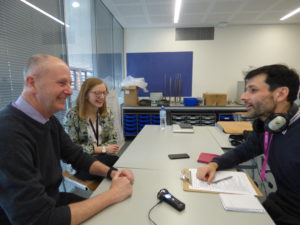
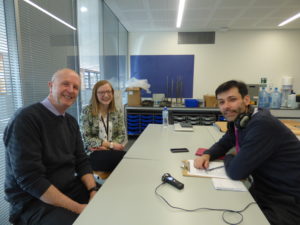
On March 6, we travelled across Abingdon to meet with Megan Milarski and Jeremy Thomas at the Partnership (or ASP as it’s known to those in the know). Now three years old, it’s an almost unique science outreach organisation, but its success is offering up a template which might be replicable in other parts of the UK.
The sheer range of activities, clubs, services and partner organisations sometimes makes it difficult to neatly summarise the ASP, and so our interview was an ideal opportunity to dig down and understand the ambitions underlying the partnership. In doing so, we explore how the ASP works with local primary and secondary schools, scouting organisations, and partner organisations such as the Institute for Research in Schools (IRIS), the Young Scientists Journal, Polar Explorers Programme, the Ogden Trust, CREST and many more.
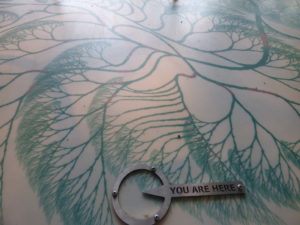
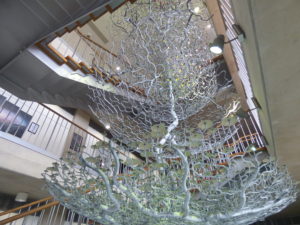
Along the way we took a detour to the Southern Ocean, found a neat way of combining STEM and exercise – and explored the critical concept of ‘Science Capital’ in society.
(Listen now on SoundCloud – iTunes – Stitcher)
(Update 1: two weeks after we conducted the interview, on Sunday March 18, over 500 people – mostly Abingdon-based families – attended the free Family Science Fair hosted by the Abingdon Science Partnership as part of the annual ATOM Festival and Science and Technology. It was a fitting example of the potential – and power – of the partnership, around which ATOM volunteers, University outreach groups, local schools, and science engagement organisations such as Curiosity Box and Bright Sparks Science coalesced to produce a stunning hands-on science event. You can see images from that event here.)
(Update 2: In April 2018, the Abingdon Science Partnership were shortlisted in the ‘Contribution to local community’ category for the #tesFEawards TES FE Awards 2018. This is a significant recognition of their work and activities, and wish them the best of luck when the awards are announced later this year)
